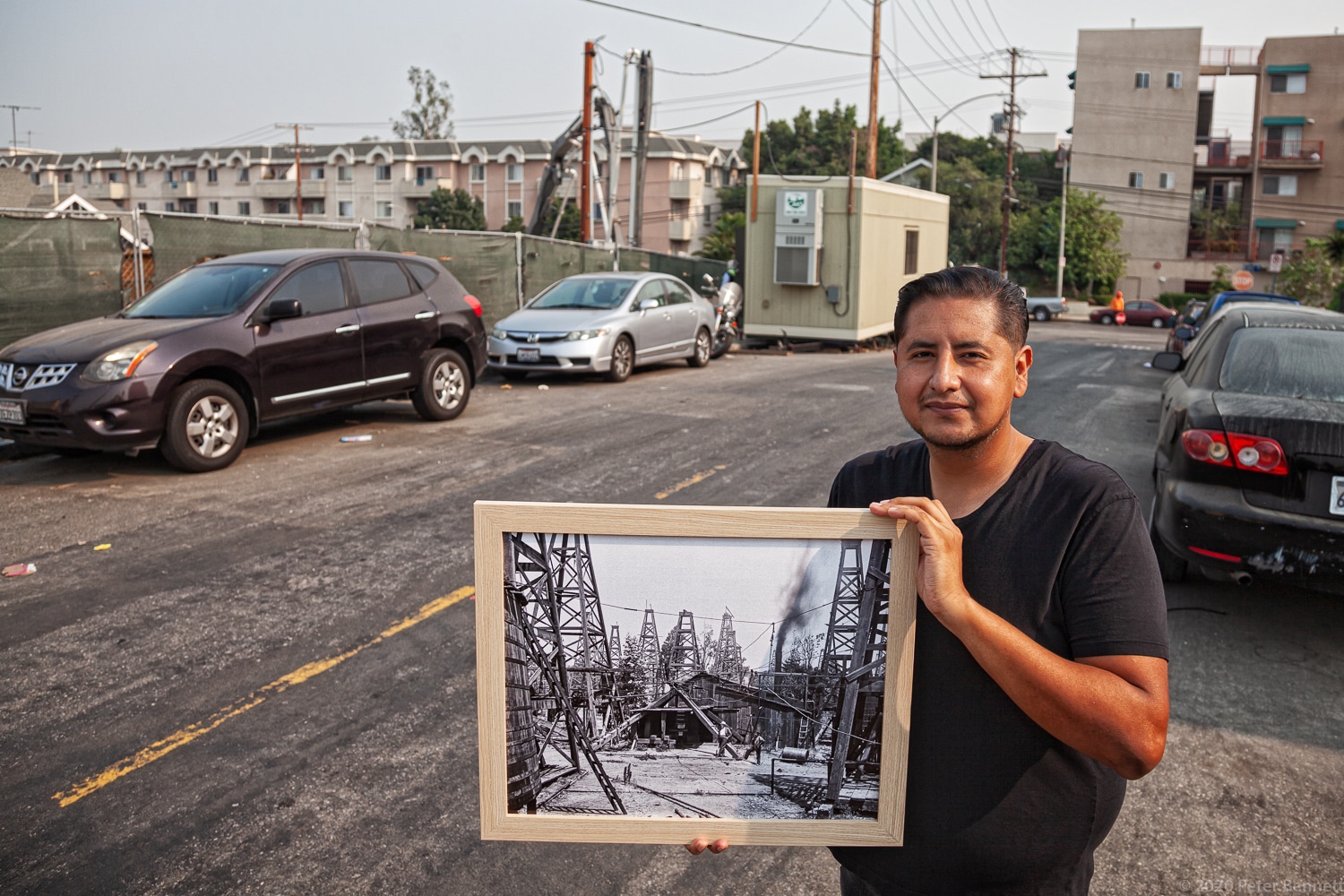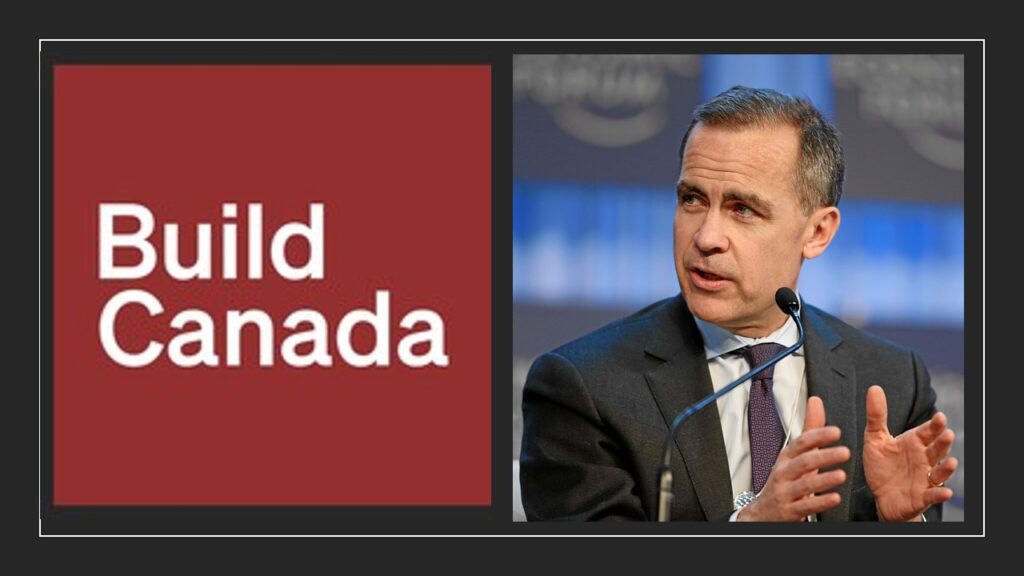Roughly 17 million people in the U.S. live within a mile of an oil or gas well — putting them at higher risk of health problems like heart disease, breathing issues, anxiety and depression, and complications during pregnancy, a growing body of research shows.
But all is not equal when it comes to who exactly lives near oil wells — and intentional racial discrimination in federal mortgage policies, reflected in a practice known as “redlining,” may have played a role, according to a new study published in the Journal of Exposure Science & Environmental Epidemiology.
There are nearly twice as many oil and gas wells in neighborhoods that were redlined in the 1930s, the study found. That pattern was visible in 33 cities across 13 states where oil and gas wells were drilled, and drilling in those neighborhoods intensified after the federal government issued redlining maps. The relationship was visible not only in heavily drilled southern states like Texas and Louisiana, but also in cities like Oklahoma City, Tulsa, Kansas City, Detroit, Indianapolis, Buffalo, Cleveland, Pittsburgh, New York City, and Los Angeles.
“Our study adds to the evidence that structural racism in federal policy is associated with the disproportionate siting of oil and gas wells in marginalized neighborhoods,” researchers from the University of California at Berkeley and Columbia University in New York wrote in the paper.
The research has implications not only for public health, but also for upcoming battles over the cleanup — known as plugging and abandonment — of the nation’s aging oil and gas wells, including questions of which wells should be plugged first and how to ensure that wells remain plugged over time. The federal government intends to spend $4.7 billion over the next nine years to plug inactive oil and gas wells whose owners can’t be found, under the 2021 Infrastructure Investment and Jobs Act, dispensed in grants to state oil and gas regulators.
Oil drillers look to drill wherever oil is found — but when you zoom in a bit and look acre-by-acre, companies and regulators tend to have a fair amount of discretion over where exactly drilling is done.
The new study used data from Enverus DrillingInfo, an industry data provider, showing the locations of oil and gas wells that were drilled as far back as 1898, plus federal census data, and maps drawn by the Home-Owners Loan Corporation (HOLC), a New Deal-era program that was initially intended to prevent foreclosures during the Great Depression. Towards the end of the 1930s, HOLC was given the job of mapping out the lending risks associated with neighborhoods across the U.S. It wound up producing notorious “redlining” maps that explicitly discriminated against people of color based on their race — a practice PBS dubbed “the Jim Crow laws of the North.”
“Starting in the late 1930s, the Home Owners’ Loan Corp. (HOLC) marked areas across the United States as unworthy of loans because of an ‘infiltration of foreign-born, Negro, or lower grade population’ and bordered them in red,” The Washington Post explains. “This made it harder for home buyers of color to get mortgages; the corporation awarded A grades for solidly White areas and D’s for largely non-White areas that lenders were advised to shun.”
“We know that the HOLC appraisal process and redlining was an explicitly racist practice,” says David J.X. Gonzalez, the lead author of the new study and a postdoctoral fellow at the University of California, Berkeley. He explains that the HOLC maps tend to mirror other redlining maps that were used by mortgage lenders and reinforced racial segregation. “These HOLC redlining maps are just one set of tools or maps that were produced at the time. They’re not a perfect tool, but they’re the best data we have from that era right now.”
What the researchers found was that neighborhoods that would later be redlined were more likely to have oil and gas wells in the 1920s and 30s. Los Angeles had the most wells in redlined neighborhoods overall, with Cleveland, Ohio, ranking second and Oklahoma City ranking third.
My Chicano grandpa moved to Los Angeles with his parents in 1934. Five years later, his neighborhood was redlined by the federal government. In a new paper out today, we found that redlined neighborhood's like my grandpa's have twice the number oil wells https://t.co/23BUPpxnUD
— David J.X. González (@davidJXgonzalez) April 13, 2022
“In cities like Los Angeles in particular, there’s already substantial oil production in the 1920s and 30s, before redlining. So we looked at, first of all, wells drilled at any time, where are they in these urban areas?” Gonzalez said. “The worse they graded a neighborhood, the more oil wells. So we saw clear trends there.”
Gonzalez noted that the pattern was particularly pronounced in parts of Oklahoma, for example, adding that some of this drilling would have taken place around the time of the 1921 Tulsa Race Massacre. “We know that redlining wasn’t the start of racial segregation, but it upheld it and helped institutionalize these disparities that we see in the present day,” he says.
But the impacts didn’t end there. To see if redlining played a role in concentrating oil and gas wells in communities of color, they drew on census data, available in 17 of the cities studied, to try to match neighborhoods with similar characteristics that nonetheless received different grades from HOLC, which used letter grades from A through D in its maps, with D neighborhoods being redlined.
“We did the best job we could to match neighborhoods that looked similar but had different grades,” says Gonzalez. “They looked similar, they could have received a C-grade or a D-grade. They got a D-grade. Did that lead to more wells being drilled in those neighborhoods?”
“Yes,” he says. “That’s what we saw.”

There was successively more drilling in neighborhoods that looked the same or similar but that received a worse grade, he says. “B neighborhoods had more than A neighborhoods, C had more than B, and D had more than C.”
“So it didn’t just happen by accident,” Gonzalez adds.
The findings mean that today, people living in formerly redlined neighborhoods are more likely to have been exposed to the hazards associated with drilling and production — and they’re also exposed to aging oil wells that are too old to produce fossil fuels and need to be plugged and abandoned, a sometimes tricky and expensive job. In 2020, DeSmog reported on a rush to build affordable housing on top of old oil wells with a history of leaking toxic fumes in the predominately working-class, Latinx neighborhood of Vista Hermosa in Los Angeles.
“I’m very concerned about plugged wells in racially marginalized communities,” says Gonzalez. “A lot of the wells in historically redlined neighborhoods are abandoned and have been for a long time. There’s increasing evidence of methane emissions from these abandoned wells and that’s correlated with, for example, benzene, and benzene is a carcinogen. And we know communities that live near wells are often complaining about higher rates of cancer.”
And that applies not only to wells that were never plugged, but also to those that aren’t properly plugged, which could allow air and water pollutants to seep out invisibly, Gonzalez notes. “It is, I think, gravely concerning how plugged wells may be adversely affecting health.”
“Millions of people live near plugged wells,” he adds, “and I suspect that many people don’t know they live near them.”
“Racially marginalized communities should be prioritized,” Gonzalez says, “because of the heavy burden that these communities have borne for decades.”
Subscribe to our newsletter
Stay up to date with DeSmog news and alerts






